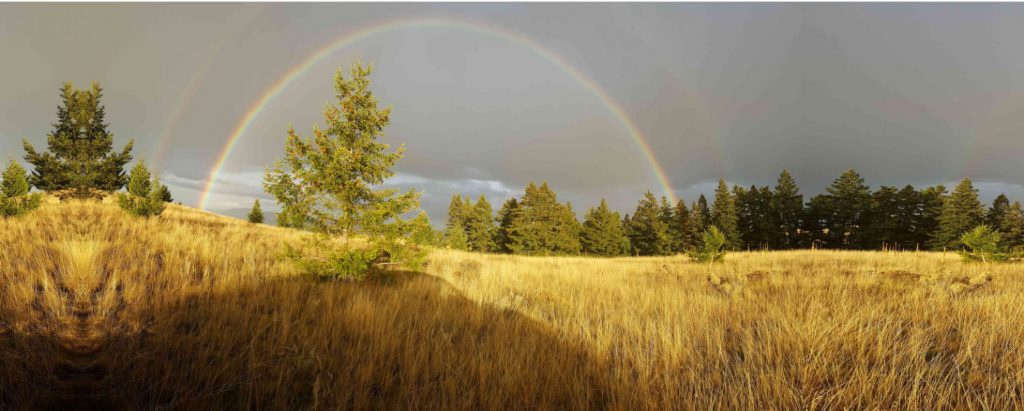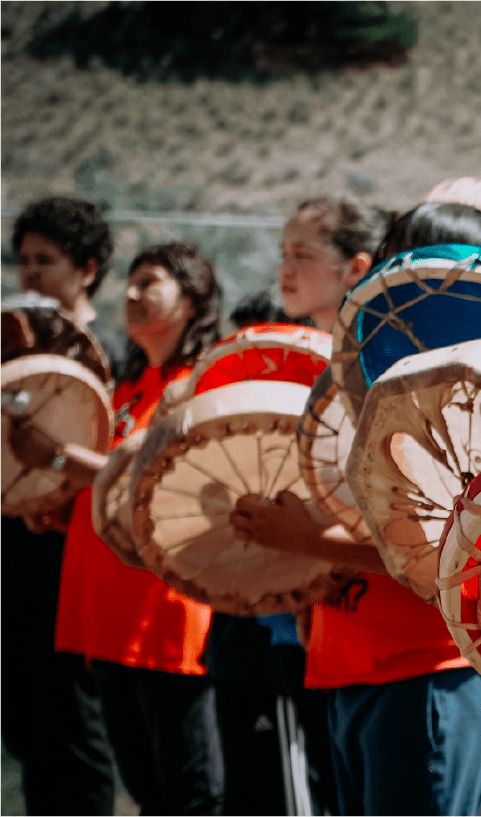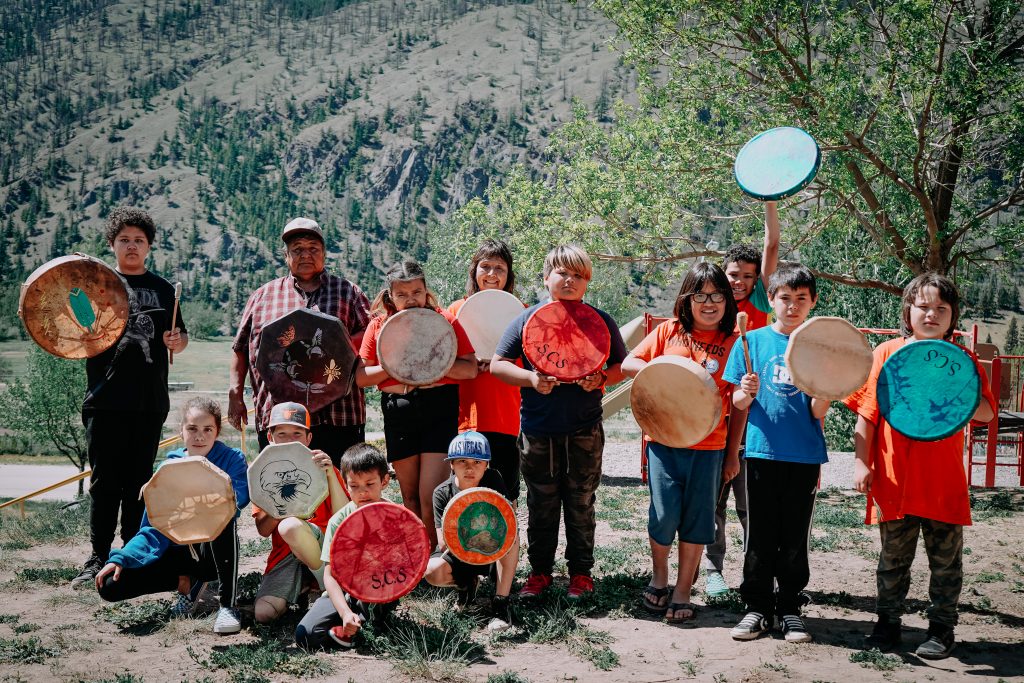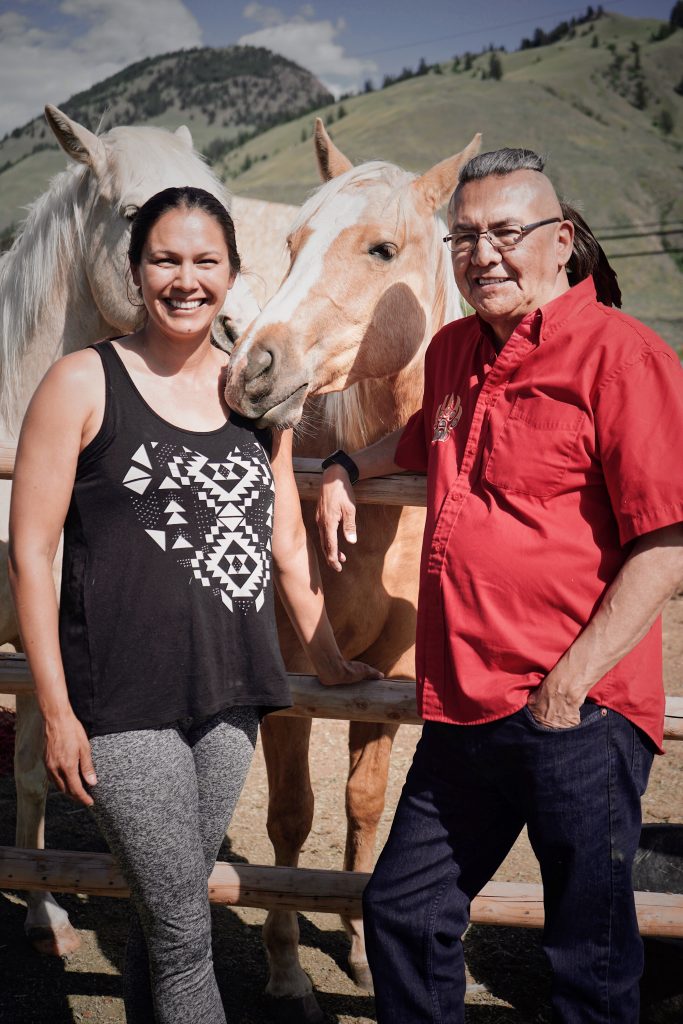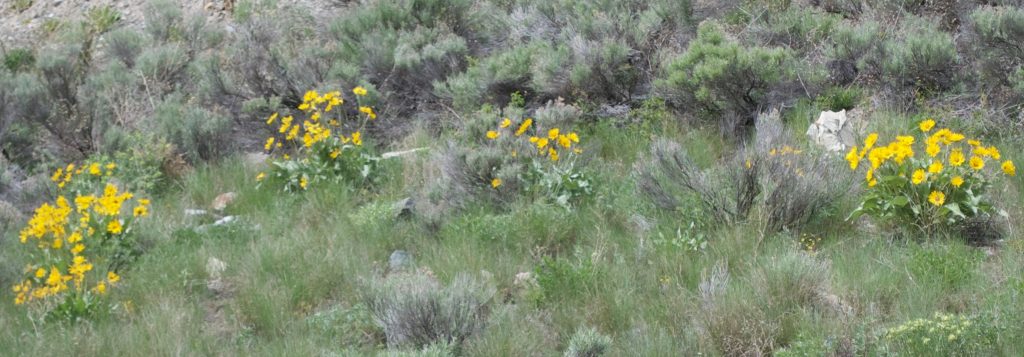Reclaiming land, sustaining culture
One place at the heart of the area being reclaimed through the title case is Pípsell (Jacko Lake), a spiritual and historical site in close proximity to the Water World (the aquifer), the Sky World, the Prayer Tree, the Hunting Blind complex and associated grasslands, and habitats of species at risk such as the Sharp-Tailed Grouse, Burrowing Owl and American Badger.
The Secwepemc have declared Pípsell a Cultural Heritage Site. In the Pípsell Declaration, the Secwepemc state that their “decision to preserve and sustain Pípsell is for the long-term benefit of all Canadians, ensuring the future enjoyment of this special place serves to further reconciliation.” That decision was made in accordance with the important principles of Secwepemc Law outlined in Oral History (Stseptekwll, or “Trout Children”) regarding reciprocal accountability to living beings on the land.



